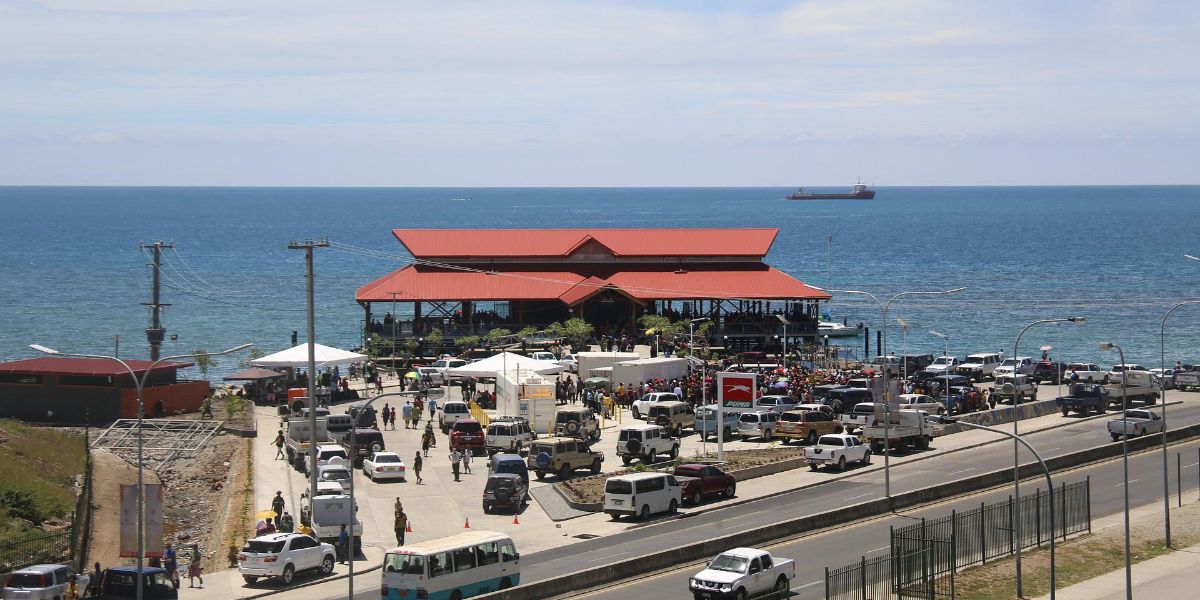An IMF working paper on Mining Revenues and Inclusive Development in Guinea by A. Badel and R.F. Lyngaas was published on 29 April 2023.
The working paper looked at the potential benefits from increasing the taxation of the foreign extractive sector, taking the example of Guinea. The paper looked at the long-term impact of additional taxation if the tax revenue is invested in human capital, infrastructure and social transfers. The analysis looked at outcomes in terms of GDP, labour formalization, poverty rates, Gini coefficients, inequality and sectoral reallocation.
Investments in human capital, infrastructure and social transfers are mutually reinforcing and have a combined effect. Investments in infrastructure facilitate formal production in the urban areas, and economic growth and government transfers increase the demand for food. As a result of these effects, the investments can also strengthen the rate of return to education, protect job formalization through higher wages, and boost labour supply in rural and urban areas through education policy.
Guinea faces a number of challenges for its economic development and social inclusion, with difficult challenges in human capital, health and education. However, the mining sector accounts for 21% of GDP and 84% of exports, with the world’s largest reserves of bauxite, and has the potential for raising tax revenue to create fiscal space.
The working paper looks at how additional revenues from mining could be used to create more inclusive economic growth and social development. The analysis looks at the potential impact of possible development policies that could be funded through the additional fiscal space generated by mining revenues in Guinea, examining human capital formation through early and basic education; inclusive infrastructure investments; and social protection via cash transfers.
In the view of the authors of the working paper, the educational human capital policies can be incorporated in a simple way into their model and can be used as roughly representative of other human capital policies such as those improving child mortality, nutrition, health and longevity indicators. An analysis of health investments in Guinea will need to be the carried out by future research work.
Development policies are assessed by their impact on a number of indicators of the country’s economic performance, social inclusion and development, such as poverty rates, household-level consumption expenditures (Gini coefficient); GDP per capita, government surplus and tax revenue; rural/urban inequality; and sectoral reallocation and diversification of the economy.
Conclusions
Through the situation in Guinea the working paper explores the synergy policymakers can achieve when allocating scarce investment resources across education, infrastructure and social transfers. One conclusion is that alternative sources of revenue in addition to consumption, income and profit taxation is important in mobilising domestic revenue.
The analysis indicates that tax revenues from mining, if properly collected and invested in the right way, can be important for long term development. Policy reforms that combine spending on education with infrastructure investment and social transfers can have the most balanced impact on GDP, government revenue, poverty and other measures of inequality. Education and infrastructure policies are complementary, as without education the infrastructure policy has a smaller impact on poverty and inequality; but without infrastructure, the returns from increased education can lead to more informality in rural areas.
Social transfers are effective in providing further reductions in poverty and inequality, and the effect can be greater if they are well targeted. Policymakers should consider combining investments in hard infrastructure with investments in social infrastructure that builds the country’s human capital, as this could have a larger long-term impact on growth, revenue, and inequality.




















